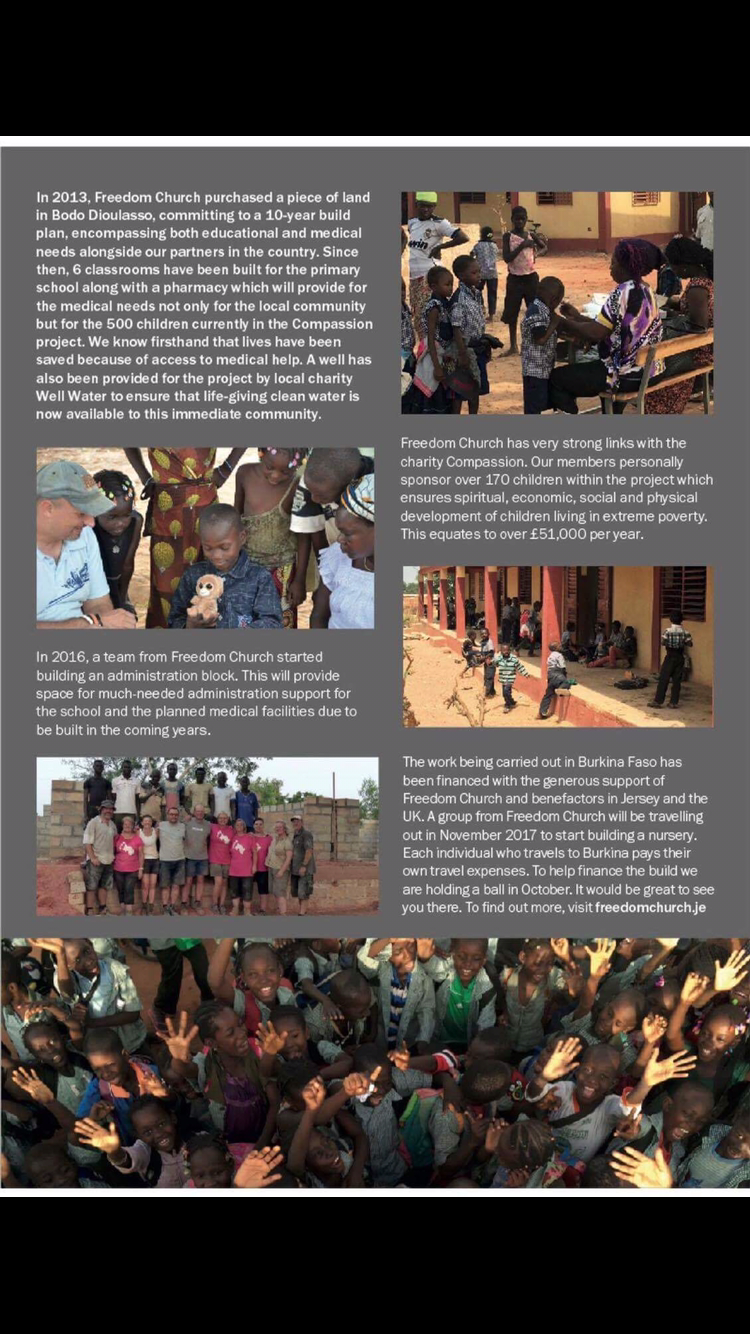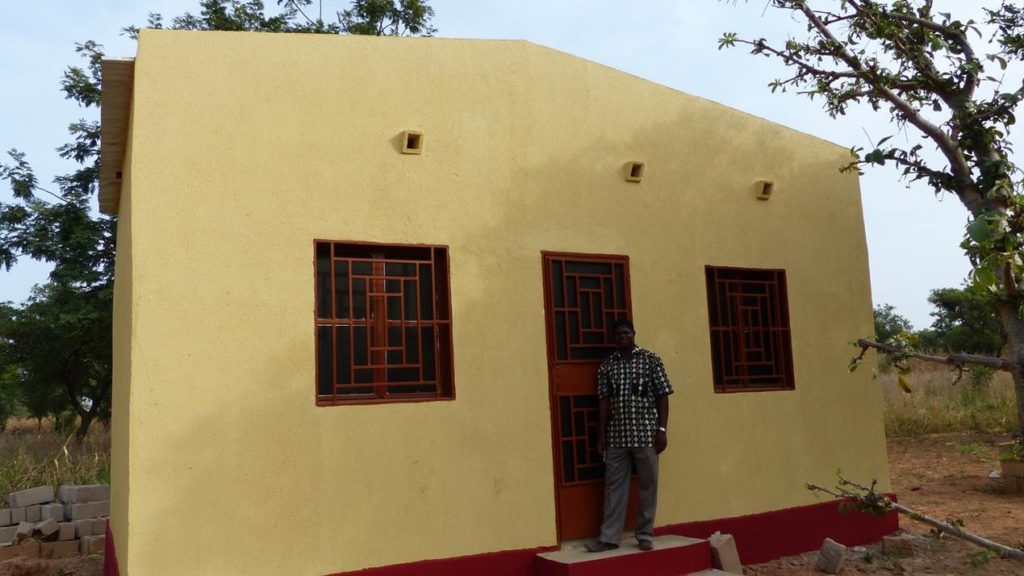In my previous post i researched the differences that foreign aid can have and how when you split it up into government and non government organisations you can see the differences which emerge between how much they actually help. I came to the opinion that non government organisations although they don’t have the ability to make a differences on a big scale they are able to make a more positive contribution to the community and help on a better level improving the economy rather than weakening it. However as these non government organisations are usually smaller charity the question is brought about how they make there funding and get a team of people to usually go over and help in third world countries.
A lot of the time funding comes due to promoting the work and the help that they are giving to people who have it a lot worse then ourselves. Non government organisations aswell as government driven ones will often play on the fact that innocent people are dying, suffering and struggling to survive to make people feel guilty and then they will often contribute in forms of donations or actually volunteering their help. The part that is linking this area of foreign aid to my photographic personal investigation is the fact that photography and video are often used as promotional material to receive funds and volunteers. For government organisations they tend to have famous, world known professions photojournalists to capture images which are often propaganda material, i will return to this style of promotion in later posts where im interested in researching the truth behind documentary photography.
attached are a few examples of foreign aid websites which include a variety of promotional material. most through the use of potography:

Many of foreign aid organisations use forms of documentary photography to promote the areas which people who donate will be helping. The typical approaches used are to either show traumatic/ emotionally erousing images due to them portraying the true harshness of life or the aftermath of what the help is doing, for example happy smiling children because ‘you’ are helping them to have clean water and survive. Non Government organisations which don’t receive such great amounts of funding tend to use vernacular images to promote their organisation.
Vernacular photography are photographs which are usually taken by amateur photographers who when are attending these aid trips capture ordinary natural images of the communities everyday life. They focus on common things as subjects and is closely related to found photography. Non government organisations use this form of amateur photography to capture just whatever they are seeing at that present time and then when they return from the aid trip may look through images they gathered at the time and just put them into a website or leaflet to promote what they have been doing. Furthermore the point is that they have gone with no intention to take any photos and maybe this may mean that the photos are more realistic and therefore thruthful as they do not have the purpose of propaganda like professional phtoographers for government organisations may do.
When initially researching the background of the burkina faso freedom organisation i was looking through archival images of photographs which had been taken on previous trips and could notice that the only photographs that were being captured over there of the community and project where vernacular images, most often of the children smiling.


i started thinking about how is this the best way to promote this organisation. The images are plain ordinary images of children seeming happy and smiling. i dont think that they include the powerful message which they possible could. The images are showing the happy state that the community is in due to the project and the compassion project which we are linked to which offer huge amounts of help. However it seems as if they may not need anymore help. i think that they may recieve more funding from people wanting to help if the images where environmental portraits of the area focusing more on specific individuals with straights faces and m,aybe a background which creates a story which shows the individual struggles these family may be going through.
Vernacular images although provide truthful images of this happy community in the leaflet used to promote the Burkina trip, may not always be truthful and representative of the harshness of society over there. This leads me onto looking at the inside outside approach to photography. The approach is simple to understand as it basically means if you’re an inside photographer you are taking pictures of your local area and community and if you are an outside photographer you tend to be photographing in a different country and you are an outsider looking in to photograph these areas. It is known that inside and outside photographers will capture different images maybe portraying different messages. For example, the images taken above have been taken by previous team members, as they are from jersey and do not live in the local area they are capturing photographs of what they see and imagine life to be like out there again linking back to vernacular photography. whereas a photographer from/living in Burkina Faso may capture compleatly contradicting images because they experiences the community, culture and environment in a different way and there images often tell a different story.
Florent Mazzoleni
Florent Mazzoleni, is a local photographer in Burkina Faso, therefore taking the inside approach photographing an area he knows well. Although Mazzoleni focuses on a different type of photography i did find his story and photographs inspiring and they will have an impact on the style of portraits that i take when i go away to Africa. He focuses on documenting the cultural scene of reminiscent.

Florent Mazzoleni captured portrait images of young males and females in his home town, Bobo Dioulasso, one of the largest cities and cultural capital of Burkina Faso. The portrait images he captured where of ordinary people, sometimes family and friends and he used a 20 or 30 rolls of film to produce his staged portraiture. Although he has a different concept and focusing on capturing different cultural and social issues to what i am focusing on with my project about aid trips and the way they help. i still found it interesting to look at and analyse how an inside photographer of Burkina Faso captured images and the way he presented them. What i find most interesting about the portraits above is the amount of planning and sense of placement is involved in the images. the images have been structured and staged to look the way they do. This has the impact of focusing us on only what the subject looks like, what they are wearing and maybe the way they have positioned themselves. We try to create a story in our minds of who that individual is. Whereas so far images i have looked at include background making them environmental portraits as this tells the audience about who we are looking at.
Mazzoleni’s photography has inspired me to consider a different approach whilst i am over there, and i am now considering focusing a shoot around the individuals of the community capturing photographs of them against a plain background, holding a straight face as i feel this makes a successful portrait. i then have the idea to add text to the image. I want to speak to the members of the community i am photographing and find out o=about there life their aspirations, the struggles they may be experiencing in everyday life, as this will add a deep meaning and context to my images.
Furthermore from this research on a photographer from Burkina Faso, the area i am visiting on my aid trip i have started to be influenced on the types of images that i want to capture out there and the deeper meaning of getting pictures with text maybe linking to how they feel the work that we are doing in the community is either benefiting them or harming there community.






 ion in Burkina Faso are inexact because Islam and Christianity are often practiced in tandem with indigenous religious beliefs. The Government of Burkina Faso 2006 census reported that 60.5% of the population practice Islam, and that the majority of this group belong to the Sunni branch,
ion in Burkina Faso are inexact because Islam and Christianity are often practiced in tandem with indigenous religious beliefs. The Government of Burkina Faso 2006 census reported that 60.5% of the population practice Islam, and that the majority of this group belong to the Sunni branch,










